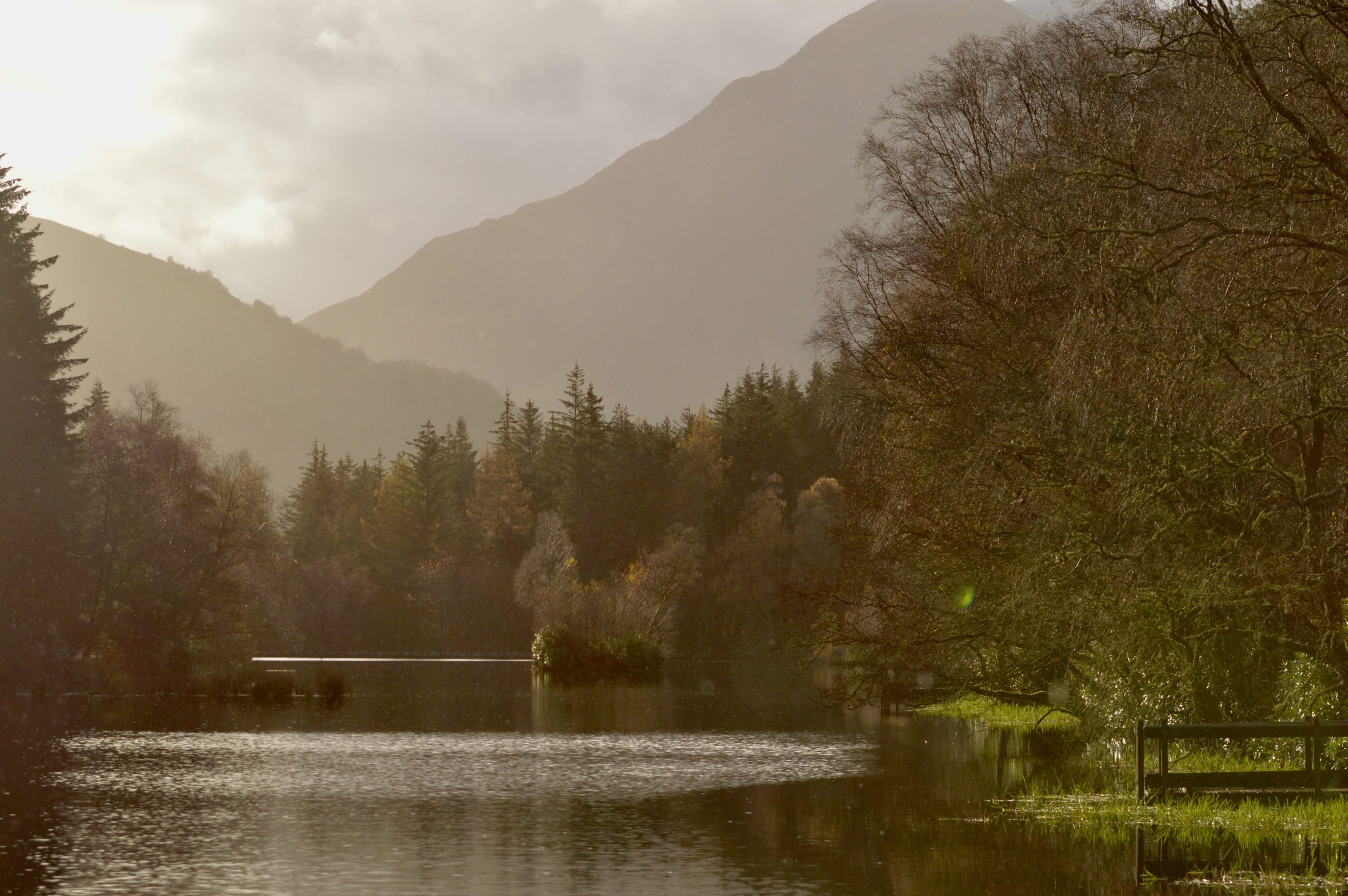A strenuous hike could leave you feeling it physically for days. So if you want to cut your recovery time and get back out on the trails sooner rather than later, here are some post hike recovery tips.
Cool down before you settle down.
Although it’s common knowledge that warming up is beneficial before exercising, it’s as crucial to gently cool down after physical effort.
Try to ease into it instead, despite the temptation to collapse into a heap by the campfire as soon as your trek concludes. Doing so will allow your muscles, heart rate, and temperature to return to their resting levels more gradually. And once you’ve fully unwound, why not add a little excitement to your evening? With a bonus Blitz 200 free chip, you can enjoy some risk-free entertainment and keep the adventure going, even after the trek is over.
To alleviate vertigo and cramps, walk more slowly before coming to a full stop. This will keep blood from collecting in your legs. Finish at a leisurely speed on a level path if the route permits it. In such a case, go for a brisk five to ten-minute stroll around the campground or the parking lot.
Make an effort to stretch
Want to cut off the warmup that comes after a hike? Don’t worry. One of the best ways to ease aches and pains in the muscles is to stretch. Pay special attention to the hamstrings, quadriceps, glutes, and hip flexors—the muscles you use the most while hiking—for optimal results. Incorporate light stretches for your lower back, chest, shoulders, and neck if you’re wearing a pack. For around 30 seconds, lean into the stretch until you get mild to moderate stress.
Flexibility, range of motion, and maybe even circulation can all benefit from frequent stretching. Improving blood flow to painful regions may hasten healing, alleviate DOMS, and improve generalized muscular tension. If you’re completely uninterested in stretching, setting a time limit will keep you going. Set a timer for 15 minutes and perform a series of well-known exercises.
Eat within 45 minutes.
Eating quickly after a hike has several advantages:
- Repairs muscles
- Replenishes glycogen
- Boosts mood
Over lengthy or arduous trips, glycogen will be your main fuel. Some muscle proteins will break down or be destroyed during exercise. Eating immediately helps us feel better quicker. This is because our bodies replace muscle protein and glycogen faster after exercise.
Protein and carbohydrates in your post-hike lunch boost muscle regeneration and glycogen repair. If you restore your glycogen reserves, which the body utilizes for long-term energy, you can hike longer.
Camping overnight? Try nut butters, beef jerky, quick oats, or tuna sachets. More than 45 minutes? You can use this to store food in the car or pack protein bars for hiking.
Immediate hydration is essential for post-hike recovery.
Rehydrating will hasten your recovery. The majority of hikers still feel somewhat dehydrated after the trail, no matter how much water they drink. This is especially the case when we’re at a high altitude, where our bodies naturally lose water more quickly, or when it’s cold outside and we don’t drink nearly enough water.
When it comes to building muscle, water is just as important as protein and carbs. More incentive to grab your water bottle; research shows that muscles heal and produce glycogen at a pace that is up to 50% slower when muscles aren’t hydrated. An electrolyte solution may be needed if the temperature and humidity are high or the hike is long and difficult. If you have low blood pressure or perspire excessively, it is extremely important to carry electrolyte sachets in your first aid bag.
A water bladder is the most obvious item that will aid in keeping you hydrated. You won’t need to drink as much water after a trek if you bring a water bladder, which is more convenient than a water bottle and can hold more water.
Take a look at your toes.
Taking care of your feet may greatly reduce the likelihood of experiencing discomfort, blisters, and soreness. Incorporate a few more actions into your recuperation regimen to ensure that your feet remain in optimal shape.
- Fix your shoes. Blisters increase in warm, damp circumstances. After your hike, remove your shoes and as much of the insides as possible and let them air dry overnight. At camp, wear thongs, mesh socks, or comfy slippers.
- Pamper yourself with a foot massage. Massages enhance circulation and blood flow, relieving aches and pains. After arching your ankles, wrap your fingers around them.
- Put on compression socks. Compression socks increase blood flow to your feet and calves, speeding up recovery after long trips.
Brave the Foam Roller
Massage reduces muscle soreness, according to research. Use a foam roller instead of a massage every time you hike. Foam rolling relieves stress, boosts blood flow, and enhances flexibility and performance in sore muscles. It’s an easy and efficient recovery method. When starting foam rolling, stay a few inches away from sensitive areas and roll gently and softly. Spend 30 seconds on each muscle.
When hiking together, alternating shoulder massages are great. Hold the upper trapezius muscle on either side of the neck side and squeeze! Due to large loads, this section may become tight during a multi-day journey. This one will strike hard.
Take a Hot or Cold Bath, Maybe Both?
An ice or heat therapy might help with post-hike recuperation after an intensive trek. Heat packs promote increased blood flow to sore muscles, while cold therapies, such as ice packs or baths, may reduce inflammation. If you’re fortunate, you could find yourself near a river, stream, or swimming hole when the sun goes down. Don’t miss out on the chance to bathe your feet and legs before tomorrow’s big day.
Get a Good Night’s Sleep
If you want to avoid sore muscles after a trek, get plenty of sleep. Our muscles are able to rebuild themselves during the deepest stages of sleep because of the increased blood flow and the release of hormones like human growth hormone. Invest in high-quality bedding if you plan on spending the night outside after a walk. Be sure to pack warm clothes, a sleeping bag, and a mat according to the weather forecast so you can have a good night’s rest.
Walk It Off to Help Recovery From Your Hitchhike
Although it may seem counterintuitive, you should think about doing some low-impact or moderate-intensity aerobics if you have tight and aching muscles in the days after a trek. It is good to move gently. Natural antidotes for chronic pain include stretching tight muscles, increasing blood flow, and flooding the brain with joyful endorphins. Taking a leisurely stroll around the block, swimming a few leisurely laps, or working out at home are all great alternatives to climbing the nearby mountain. Perform light activity after your hike to lower the chance of damage.
Prevent a Protracted Recovery
The fact that you may likely experience some discomfort while trekking is really a positive thing. However, you must ensure that you are well-equipped to prevent any potential long-term complications, such as injuries, inflammation, chafing, sunburn, or dehydration, throughout your rehabilitation.
Get your hiking boots broken in, make sure your bag is the right size (ask the shop clerk for assistance), dress appropriately, bring water, and wear suitable layers. Consider using walking poles to help you stay balanced and reduce the risk of injury on excursions that include steep inclines and drops, uneven terrain, or crossing rivers.






